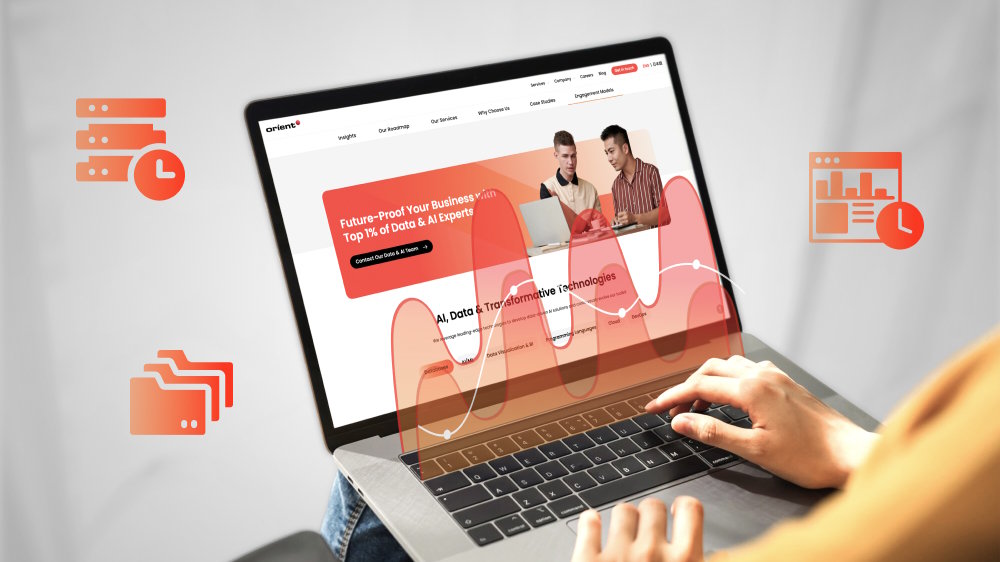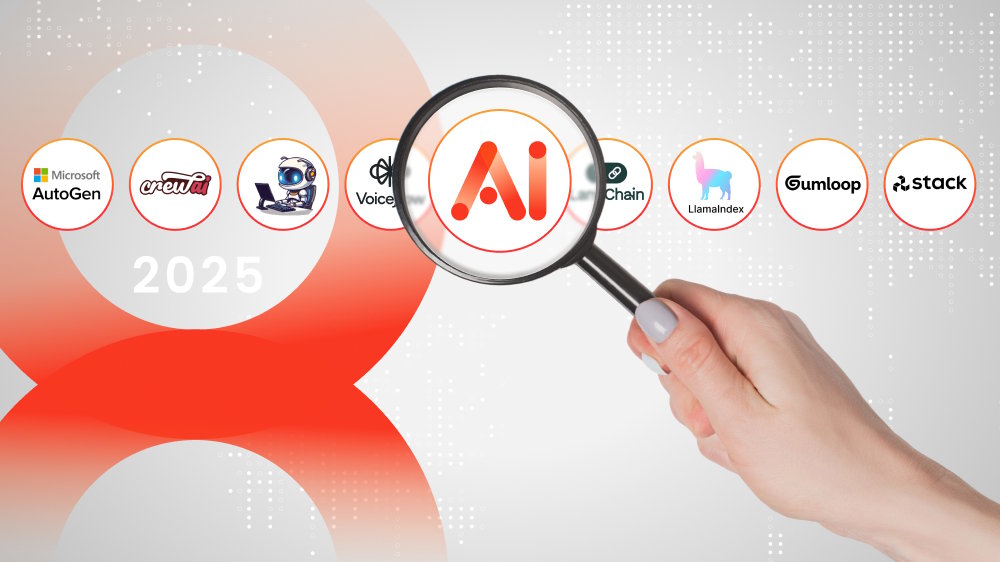
How different types of data transformation drive business value

Content Map
More chaptersBusinesses today have access to a wealth of data, giving them valuable insights to help them make more informed decisions. But with so much data to work with, trying to make sense of it all can be tricky. That’s why many businesses may benefit from transforming their data to help them get the most out of it. But what exactly is data transformation? How does it work? And what types of data transformation methods are out there? Read on to find out.
What is Data Transformation?
Data transformation is the process of converting data from one format to another. This typically involves transforming raw data into a format that is clean, validated, and ready to use. The resulting transformed data is then more usable to humans and computers. Data transformation is an integral part of the data management process, such as data integration, data migration, data warehousing, and data preparation.
Understanding Data Integration
Data transformation is just one of many steps in the data integration process. The two primary data integration methods are ETL (Extract, Transform, and Load) and ELT (Extract, Load, and Transform). ETL involves extracting the raw data from the source, transforming the data on a secondary processing server, and then loading that data to the target data warehouse.
ELT, on the other hand, changes the order of events, by loading the raw data directly into the target warehouse. Then the data is cleansed, enriched, and transformed inside the data warehouse. ELT is a relatively new concept that was made possible by the advent of cloud-based data warehouses.
Types of Data Transformation Methods
Different types of data transformation methods exist to achieve different outcomes. The right transformation method will depend on your unique circumstances, business requirements, technology infrastructure, and desired actionable insights. The data transformation process may be:
- Constructive – Where data is added, copied, or replicated for other uses.
- Destructive – Where aspects of the data, such as fields and records, are intentionally deleted to make the data less bloated and easier to work with.
- Aesthetic – Where the data is standardized to make it more compatible with a wider range of systems.
- Structural – Where the data is restructured to make it easier to categorize, organize, and access. For instance, the data may be renamed, moved, or combined into columns of a database.
With that being said, let’s take a closer look at how the different types of data transformation can help achieve the above outcomes.
Data aggregation
Data aggregation is the process of gathering large volumes of data from a given database and transforming it into a more comprehensive and readable format. This method can be used for databases of different sizes and scales, such as pivot tables and data lakes.
Data smoothing
Data smoothing involves using algorithms to remove distorted and meaningless data from the dataset. By removing unnecessary data, this makes it easier for humans and computers to spot clear patterns and trends in the dataset. Thus, data smoothing can help predict future trends and events.
Data discretization
Data discretization is when you convert a huge amount of data values into smaller values, making them easier to analyze and manage. This involves converting continuous data into a finite set of intervals with minimum data loss.
Data generalization
Data generalization is the process of transforming one value into a more imprecise value. This involves replacing low-level values (i.e. numeric) with higher-level concepts (i.e. labels, categories, groups). The resulting transformation makes it easier to categorize and analyze large amounts of data, by grouping them together into defined categories.
Data attribute construction
This type of data transformation involves altering the data by replacing a selected attribute with one or more attributes. This doesn’t actually change the data itself, just the way it is presented. For example, instead of analyzing the days of the month, a change in attribute would be analyzing the days of the week.
Benefits of Data Transformation for Businesses
Transforming your data yields many benefits, especially for businesses that gather and analyze large amounts of data on a regular basis. And in light of the recent COVID-19 pandemic, studies show that over 80 percent of businesses are accelerating their digital transformation efforts, which includes utilizing higher amounts of data.
Some of the many benefits of data transformation for businesses include:
Improved organization
Transformed data is easier for both humans and computers to use. It has a clear, defined structure, and is stored in a way that is easily accessible and manageable.
Better data quality
Transformed data is free of noisy, unnecessary data. This eliminates a number of quality assurance issues such as value misrepresentation, missing values, and data inconsistency. Thus, the data is more trustworthy, reliable, and accurate.
Faster decision making
Having access to higher quality data makes it easier to reach evidence-based conclusions. By speeding up the decision-making process, businesses can respond accordingly to rapid changing market conditions and time-sensitive events like emergencies.
Improved device and system compatibility
With the freedom to transform data into all kinds of formats, this helps businesses create data that is compatible with all kinds of devices, operating systems, and other technology infrastructure. This means the collected data can be transformed in different ways to serve multiple purposes.
Is Data Transformation Right For Your Business?

If your business is struggling to translate your existing data into actionable insights, data transformation could be for you. Of course, this means choosing the right type of data transformation method and knowing exactly what kind of outcomes you hope to achieve by modifying your data. Consulting data science experts can also help you develop a clear data transformation strategy.
Whether you plan to store your data onsite, in a physical data warehouse, or in the cloud, it will also have an impact on which transformation strategy is right for your business. Furthermore, the data transformation process should be carried out in a way that does not slow down your other operations. By doing so, you’ll be able to initiate meaningful change in your business and generate data that can help you improve in areas that matter most to you.






